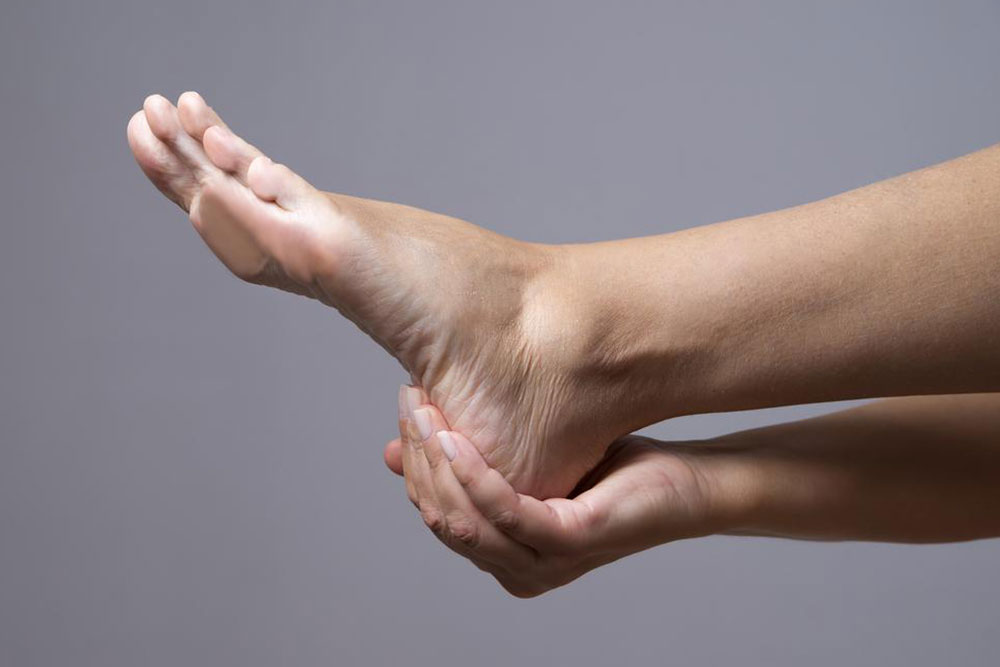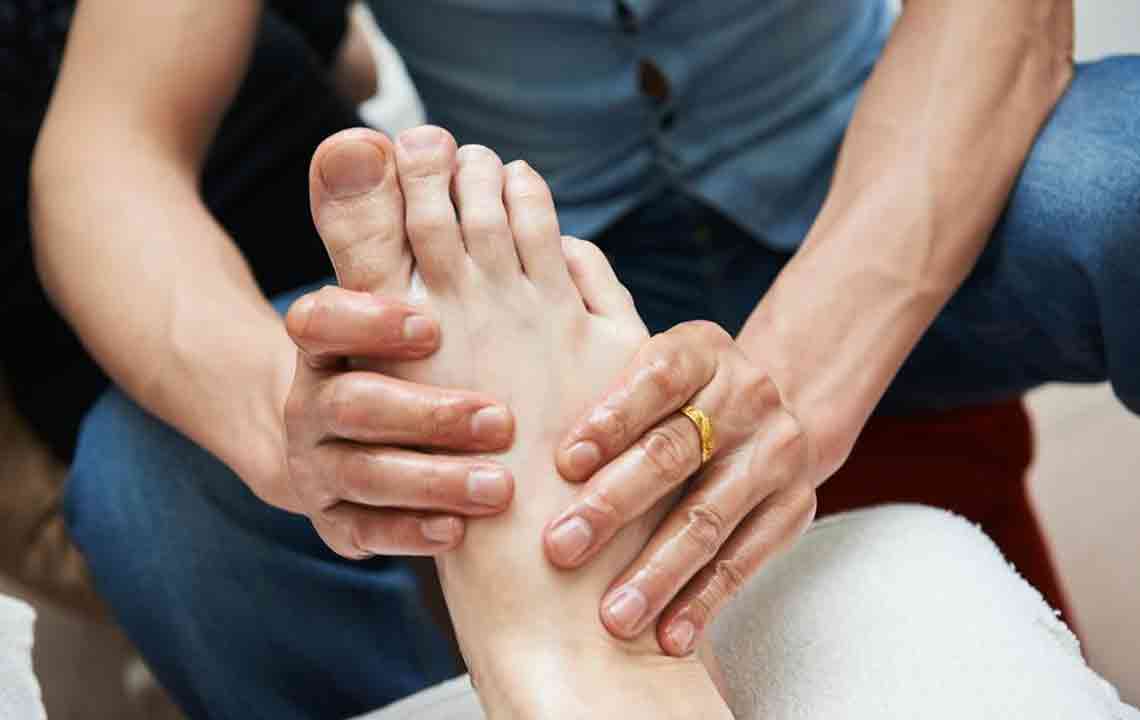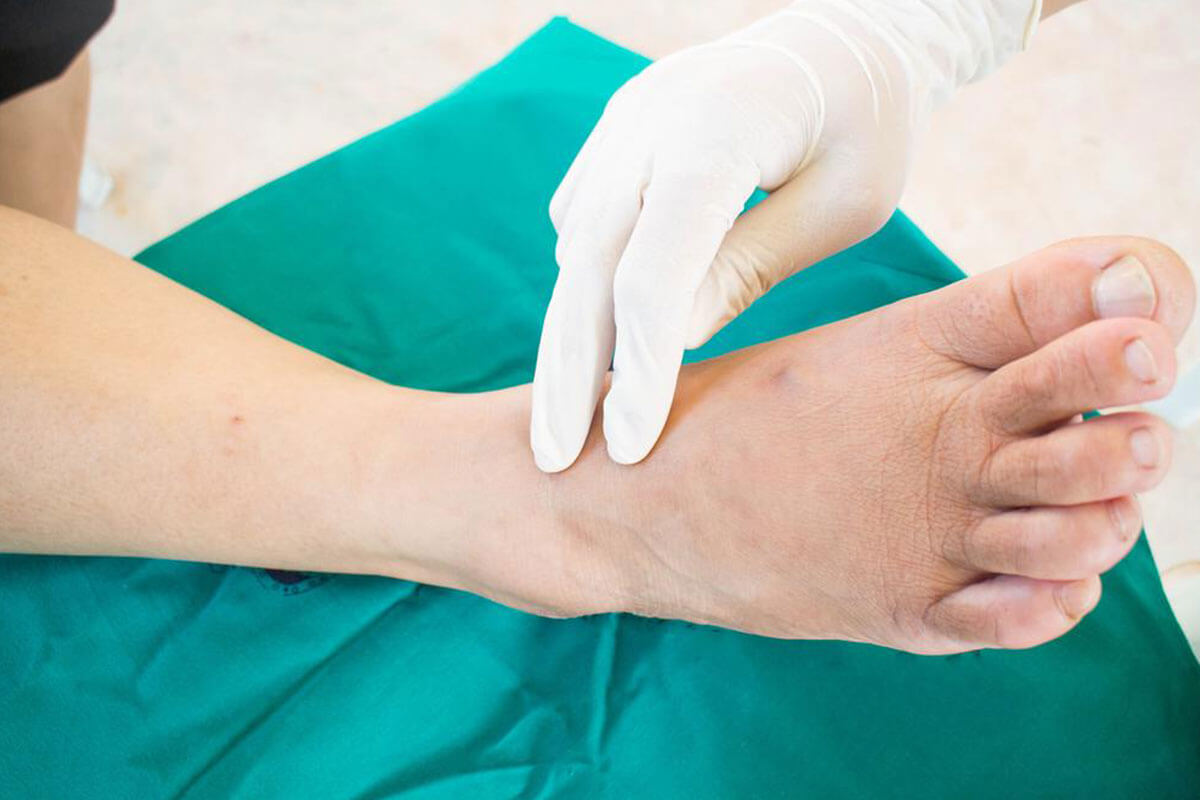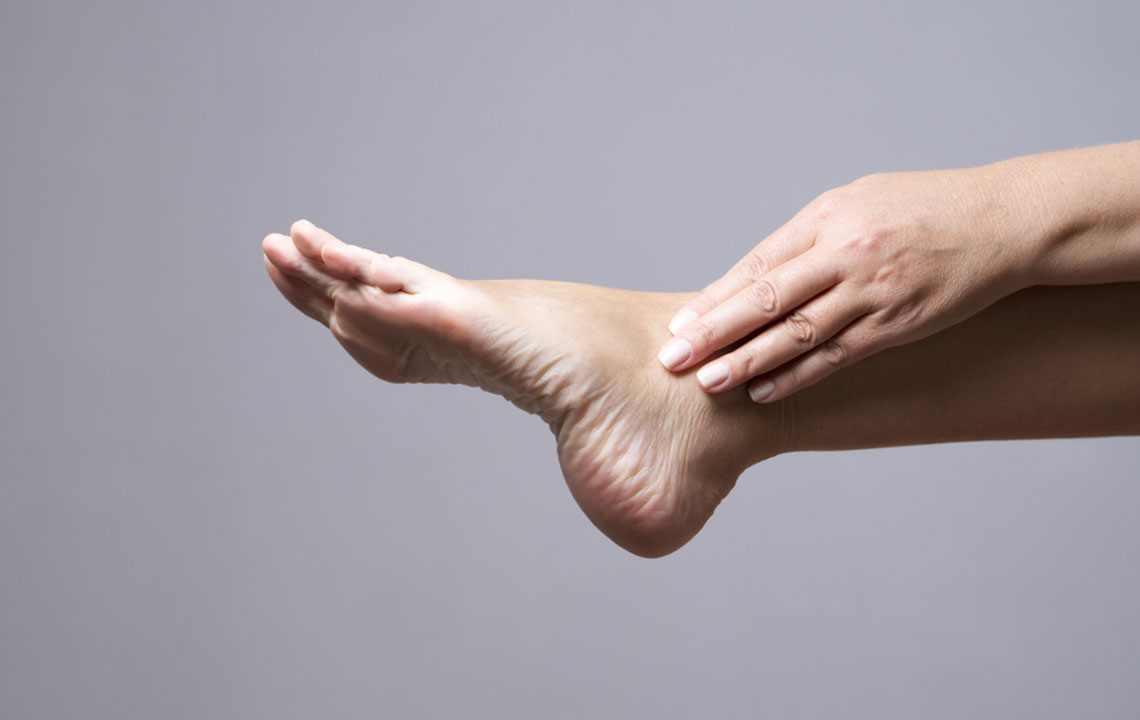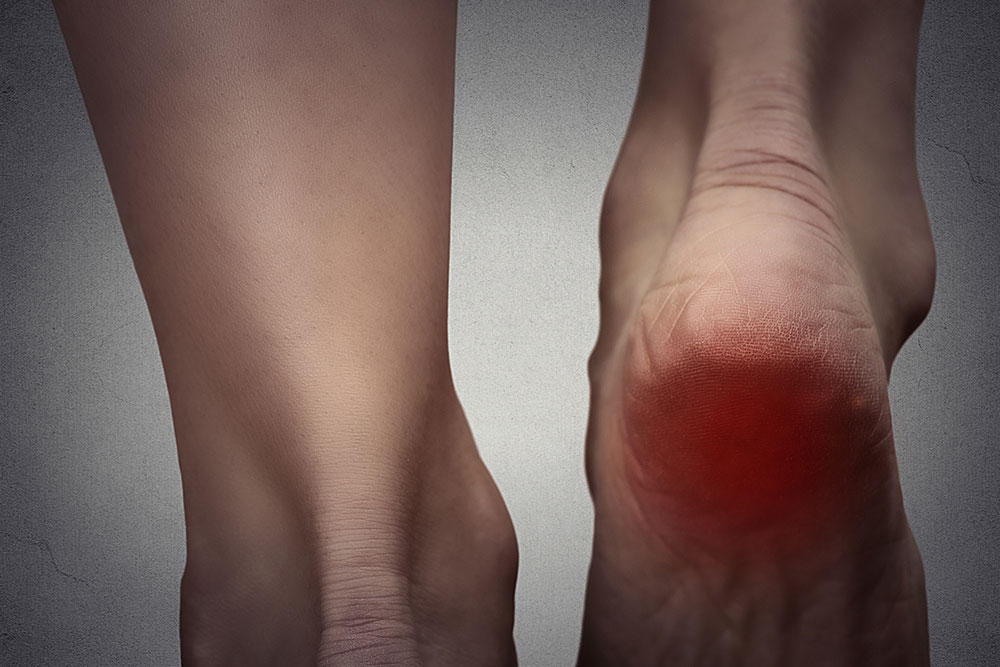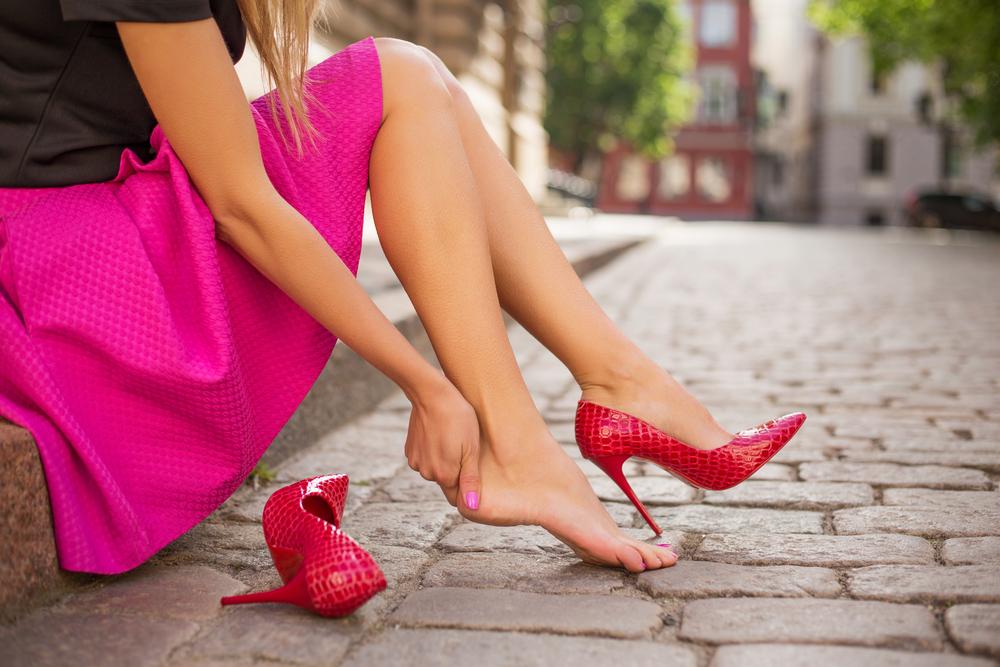Understanding Foot Corns and Effective Remedies
This article offers a comprehensive overview of foot corns, including their causes, symptoms, prevention, and treatment options. It emphasizes proper footwear and home remedies to manage corns effectively, while also highlighting when to seek medical help. Suitable for anyone experiencing foot discomfort, it provides practical guidance to prevent and treat corns, ensuring healthier feet and improved comfort.
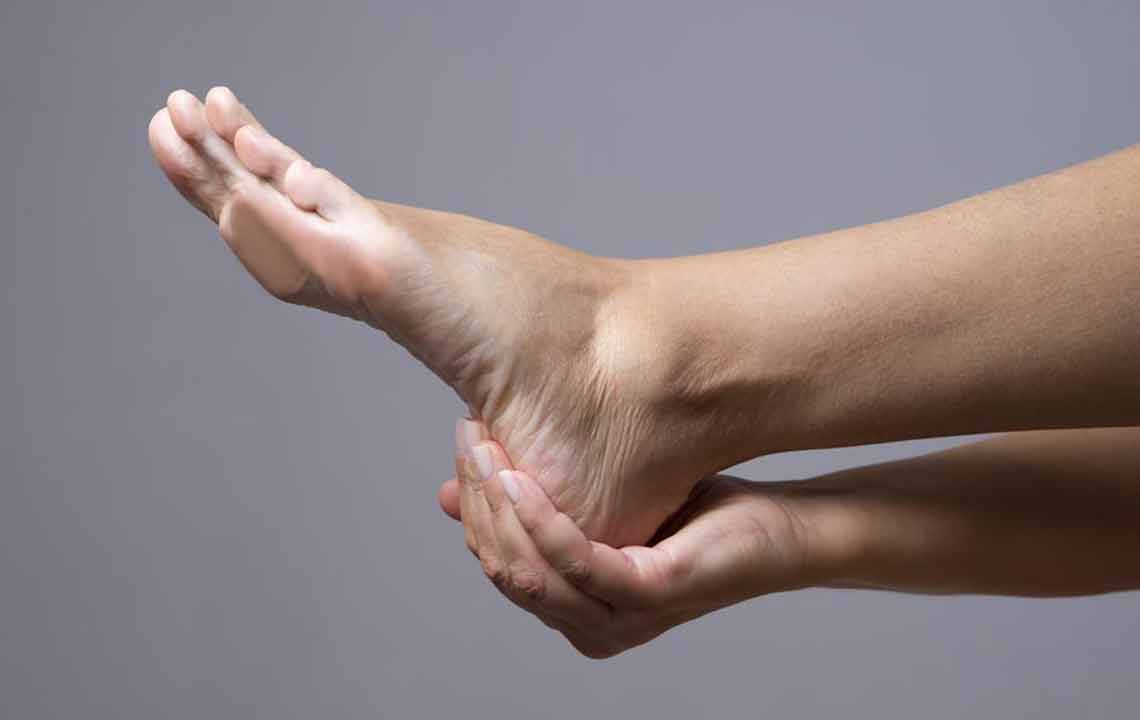
Understanding Foot Corns and Effective Remedies
Foot corns and calluses are thickened, hardened patches of skin caused by repeated rubbing, friction, or pressure. Typically appearing on the feet, they can lead to discomfort while walking and may sometimes cause infections or skin ulcers.
The medical term for corns is heloma. These are characterized by dead, hardened skin with a distinctive shape, often forming on the toes or fingers' thin, hairless areas. The concentrated pressure at the apex can damage underlying tissues, leading to skin ulcers.
There are two main types of foot corns:
Heloma durum (hard corn): Found on dry, flat skin surfaces, forming a thick, hardened layer.
Heloma molle (soft corn): Develops between toes where moisture keeps the skin soft.
Types of calluses include:
General callus: patches of dead skin from friction
Seed corn: painful areas on heels
Hard corn: hard patches on toe tops
Soft corn: red patches between toes
Plantar callus: on the underside of the foot
Causes of foot corns
Corns and calluses are mainly caused by improper walking mechanics and ill-fitting shoes. Tight shoes squeeze the foot, applying pressure, while loose shoes cause friction. High heels increase toe pressure, and walking barefoot in shoes escalates the risk of developing corns and toe deformities.
If footwear is too tight, it compresses the foot; loose shoes cause rubbing, leading to corns. Wearing high heels adds pressure on toes. Going barefoot in tight shoes raises friction, contributing to corn formation. Overall, proper footwear reduces this risk.
Prevention tips
Prevention is easier than treatment. Wearing well-fitting shoes, using socks to reduce friction, and shopping for shoes in the evening when feet are largest help prevent corns. Slightly loose shoes and appropriate padding also aid in avoiding pressure and rubbing.
Signs of foot corns
Hard patches or bumps on the skin
Pain or tenderness around affected areas
Dry, rough skin patches
Pain from pressure and friction
Thickened skin layers
Diagnosis and treatment
If corns appear, consulting a healthcare professional is advisable. Treatment depends on pain level and location. Most corns resolve as pressure reduces, but self-treatment, especially for diabetics or circulatory issues, can be risky. Medical options include antibiotics, debridement, medicated liquids, or minor surgeries. Home remedies like pumice stones, lemon, vinegar, baking soda, and garlic are helpful but should be used cautiously.
Home care tips
Regularly rubbing pumice stones helps soften and reduce corns
Applying natural remedies like lemon or vinegar can aid healing
Using baking soda or garlic provides antimicrobial benefits
Prevention strategies
Wear properly fitted, comfortable shoes
Use cushioning pads in high-friction areas
Avoid tight or pointed-toe shoes
Opt for socks that fit well to minimize friction
Place foam pads on heels or pressure points
Implementing these tips and treatment options will reduce discomfort and prevent future corns.

